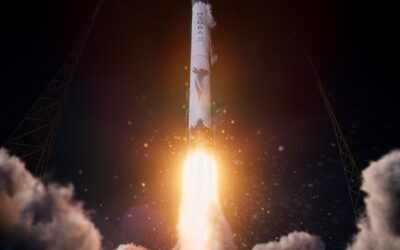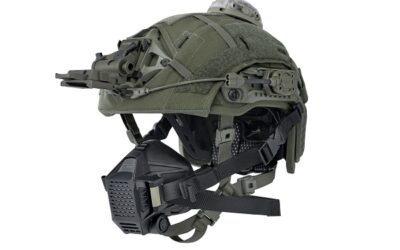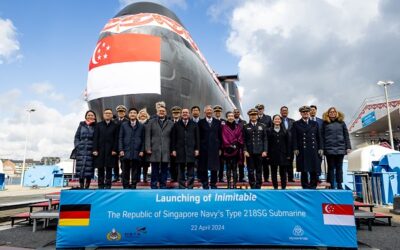Commander USAREUR speaks out
The commander of the US Army in Europe has highlighted the challenges the service has faced carrying out operations across the continent, which he claims could be bolstered by quicker access to geospatial intelligence.
LtGen Ben Hodges told the DGI conference in London on 23 January that speed is an important deterrence to tensions arising in Europe, which includes quick recognition of a crisis, followed by speedy decision making and deployment of equipment.
The swiftness of this is being hindered by simple logistical oversights based on out of date geospatial information, including the accessibility of roads and bridges using US Army equipment.
“We need the full range; HUMINT to satellites, and everything in between. That’s an important part for us,” he said. “The ability to move quickly is very important.”
If a crisis were to unfold in Europe, Hodges says that there would only be a 5-6 day “ambiguous warning” period, which could be misconstrued as being antagonistic behaviour by Russia, which often carries out military drills at short notice.
“It sure would be nice if there were some open source capabilities that were being provided to counter that false narrative [from Russia],” he noted. “The transparency we exhibit all of the time…is not reciprocated by Russia, so we are always surprised by this.What we have learnt from watching the Russians in Ukraine is how fast they can mast, fire and shoot, and then disperse. We’ve got to be able to do that digitally to have effective counter-fire. We’re working hard on that, but we’re not quite there yet.”
As a result of the tensions coming from Russia, speedy deployments from NATO forces are key, Hodges notes.
“The speed of assembly part that we’ve been working on requires freedom of movement,” he added. “The Russians are obviously able to move inside Russia without any problem, but we don’t have that same luxury. [As for] freedom of manoeuvre or freedom of movement on interior lines – I was naïve and assumed we’d be able to move around NATO no problem. Obviously, that is not the case.”
Recent problems Hodges has faced during his command included the US Army’s Heavy Equipment Transport (HET) system not meeting the standards for use on European highways.
A HET needs to have seven axels to meet European standards, so the US is having to lease systems from the British Army for its operations in Europe, because its own systems only have six axels.
“This shows why knowing the infrastructure is so important to us,” Hodges added.
Additionally, Western Europe signage tends to show the military load classification of a road, which is how many tonnes a bridge will hold, and this information is becoming less available as the US moves across Europe.
“Practically every village in Germany has at least one bridge like that because of us doing exercises through there, but none of those exist if you go east of Berlin,” Hodges said. “So we need to be able to map out that infrastructure. We still don’t know exactly what is out there in terms of being able to drive under a particular overpass [for example]. We’re having to build that sort of database that allows us to map out the fastest routes to get to where we have to go.”
He added that an army brigade combat team is now on a nine-month constant rotation in Europe, the next of which will swap in September.
“Our task is to make 30,000 look and feel like 300,000,” he noted, referring to the current number of personnel in Europe versus the number that was deployed years ago, during previous operations.”
“This is all about sharing intelligence,” he added. “We need products that can be shared immediately, or as quickly as possible.”
Beth Stevenson

























